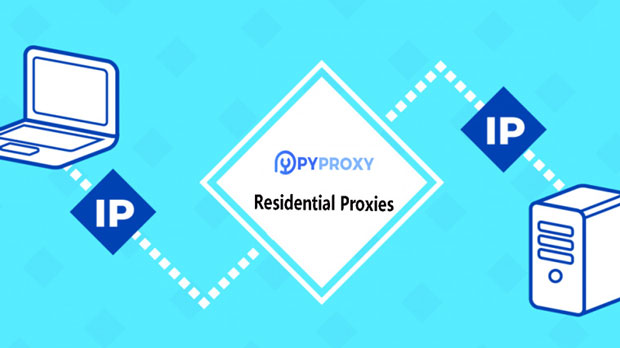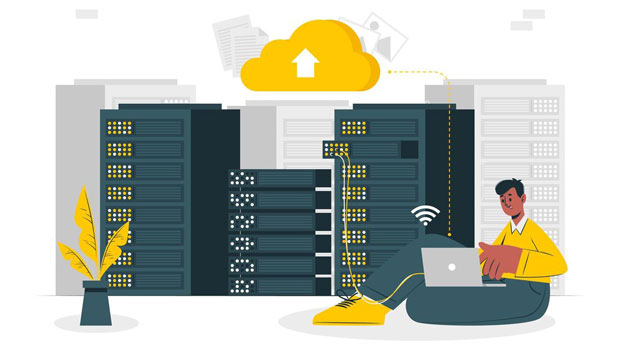When discussing proxies in the world of digital communication, it’s important to differentiate between "proxy of pirate" and "regular proxy." These two types of proxies serve similar purposes but are employed in different contexts, each with its own set of characteristics and use cases. The "proxy of pirate" is often associated with circumventing restrictions, accessing restricted or geo-blocked content, and enabling anonymity in more illicit activities. On the other hand, a regular proxy is primarily used for privacy, performance optimization, and security purposes in legitimate environments. Understanding the differences between these two types of proxies is crucial for users who are navigating the digital space for both professional and personal reasons. Understanding Proxies: Basic ConceptsBefore diving into the specifics of the differences between proxy of pirate and regular proxies, it’s helpful to understand what a proxy is in general. A proxy is an intermediary server that sits between the user’s device and the internet. It works by forwarding requests from the user to the internet and sending responses back to the user. This process allows users to mask their IP addresses, thereby enhancing privacy, securing data transmission, and sometimes bypassing geographic or network-based restrictions.Proxy of Pirate: Characteristics and Use CasesThe term "proxy of pirate" refers to proxies used in situations where users are seeking to access content, services, or websites that may be restricted or blocked due to geographic, legal, or network restrictions. These proxies are commonly employed by individuals involved in circumventing censorship, accessing restricted media, or engaging in activities that may be considered unlawful in certain jurisdictions.1. Circumventing Geo-restrictions: The proxy of pirate is often used to bypass geographical restrictions placed on content. For example, certain streaming services may only be accessible in specific countries. By using a proxy, users can make it appear as though they are accessing the content from an allowed region. 2. Anonymity for Illicit Activities: Some individuals use proxies of pirate to hide their true identity while engaging in illegal activities, such as pirating copyrighted content, accessing illegal torrents, or participating in forums dedicated to hacking or other illicit actions.3. Untraceability: A key aspect of a pirate proxy is its ability to mask the user's identity to prevent detection by content providers or authorities. This is particularly important when attempting to access content or services that are not legally available in a user’s region.Despite these benefits, the use of pirate proxies can lead to security risks, as users may unknowingly expose their data to malicious entities or face legal consequences if they engage in activities that violate copyright laws or other regulations.Regular Proxy: Characteristics and Use CasesIn contrast, a regular proxy is typically used for legal and legitimate purposes. These proxies are widely employed in business environments, for security enhancement, and for improving online experiences. Regular proxies help users maintain their privacy while using the internet, improve web performance, and enable secure communication.1. Improving Security and Privacy: One of the primary uses of regular proxies is to enhance user security. By masking the user’s IP address, regular proxies help safeguard against cyber-attacks, prevent data theft, and protect sensitive information. Many organizations use proxies to monitor and secure internet traffic, preventing employees from accessing malicious websites or unauthorized content.2. Network Performance Optimization: In business settings, regular proxies are often used to improve the speed and efficiency of internet browsing. By caching frequently requested data, proxies reduce bandwidth usage and accelerate response times, providing users with faster access to online content.3. Bypassing Local Network Restrictions: Regular proxies can also be employed to bypass local network restrictions in environments like corporate offices or educational institutions. For example, a company may use a proxy to grant employees access to restricted websites necessary for work without compromising network security.4. Ensuring Safe Online Activities: For individuals, regular proxies help protect privacy when surfing the web, especially when accessing unsecured or public Wi-Fi networks. By using a regular proxy, users can ensure that their browsing activities are shielded from potential hackers or data collectors.Key Differences between Proxy of Pirate and Regular ProxyThe differences between a proxy of pirate and a regular proxy can be categorized based on their usage, legality, and security features.1. Legal Implications: - Proxy of Pirate: Typically used to bypass legal restrictions, often associated with illegal activities like piracy, hacking, or unauthorized access to content. It may lead to legal issues, as users could face penalties for circumventing laws or accessing copyrighted material without authorization. - Regular Proxy: Designed for legitimate purposes such as protecting privacy, improving security, and optimizing network performance. Its use is entirely legal and widely accepted in business, academic, and personal settings.2. Purpose and Functionality: - Proxy of Pirate: Primarily used to access content or services that are geo-blocked, censored, or otherwise restricted. It is mainly utilized by individuals looking to engage in activities that are not permitted in their location. - Regular Proxy: Used for privacy protection, network optimization, and securing online communications. It ensures that users can access the internet safely and anonymously, without the intention of bypassing legal boundaries.3. Security Concerns: - Proxy of Pirate: Often unreliable in terms of security. Many pirate proxies may expose users to malware, phishing attacks, or data breaches. Additionally, some may not provide proper encryption, leaving users vulnerable to surveillance. - Regular Proxy: Generally offers better security features, with encryption and authentication measures that help ensure safe browsing. These proxies are designed to protect user data and prevent unauthorized access to sensitive information.4. Impact on Internet Experience: - Proxy of Pirate: While they enable access to blocked content, pirate proxies can often be slow, unreliable, and prone to frequent downtime. The lack of proper security protocols also makes them riskier to use. - Regular Proxy: Provides a smoother, more secure browsing experience, especially when used for improving performance and enhancing privacy. Regular proxies are generally more stable and are built with user experience in mind.Conclusion: Choosing the Right Proxy for Your NeedsUnderstanding the differences between a proxy of pirate and a regular proxy is crucial for anyone seeking to protect their privacy, optimize their internet performance, or engage in specific online activities. While proxies of pirate can be useful for circumventing geo-restrictions and accessing blocked content, they come with significant risks related to legality, security, and reliability. On the other hand, regular proxies are designed for more legitimate, secure, and stable uses, making them the better choice for most users, especially in professional and personal contexts. Ultimately, users should assess their needs carefully and choose the proxy that aligns with their goals, ensuring that they stay within the boundaries of the law while protecting their privacy and security.
Jul 15, 2025



































































